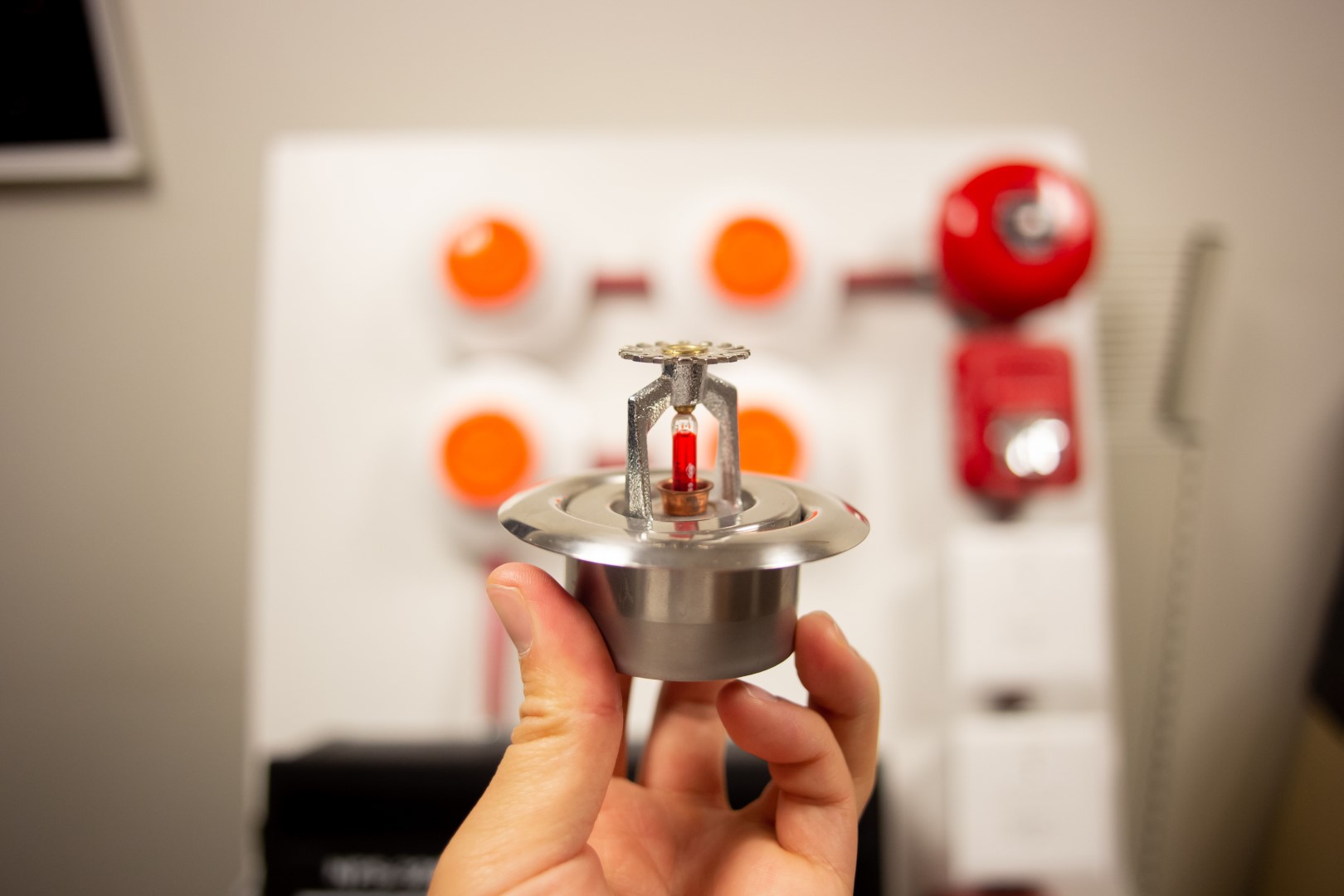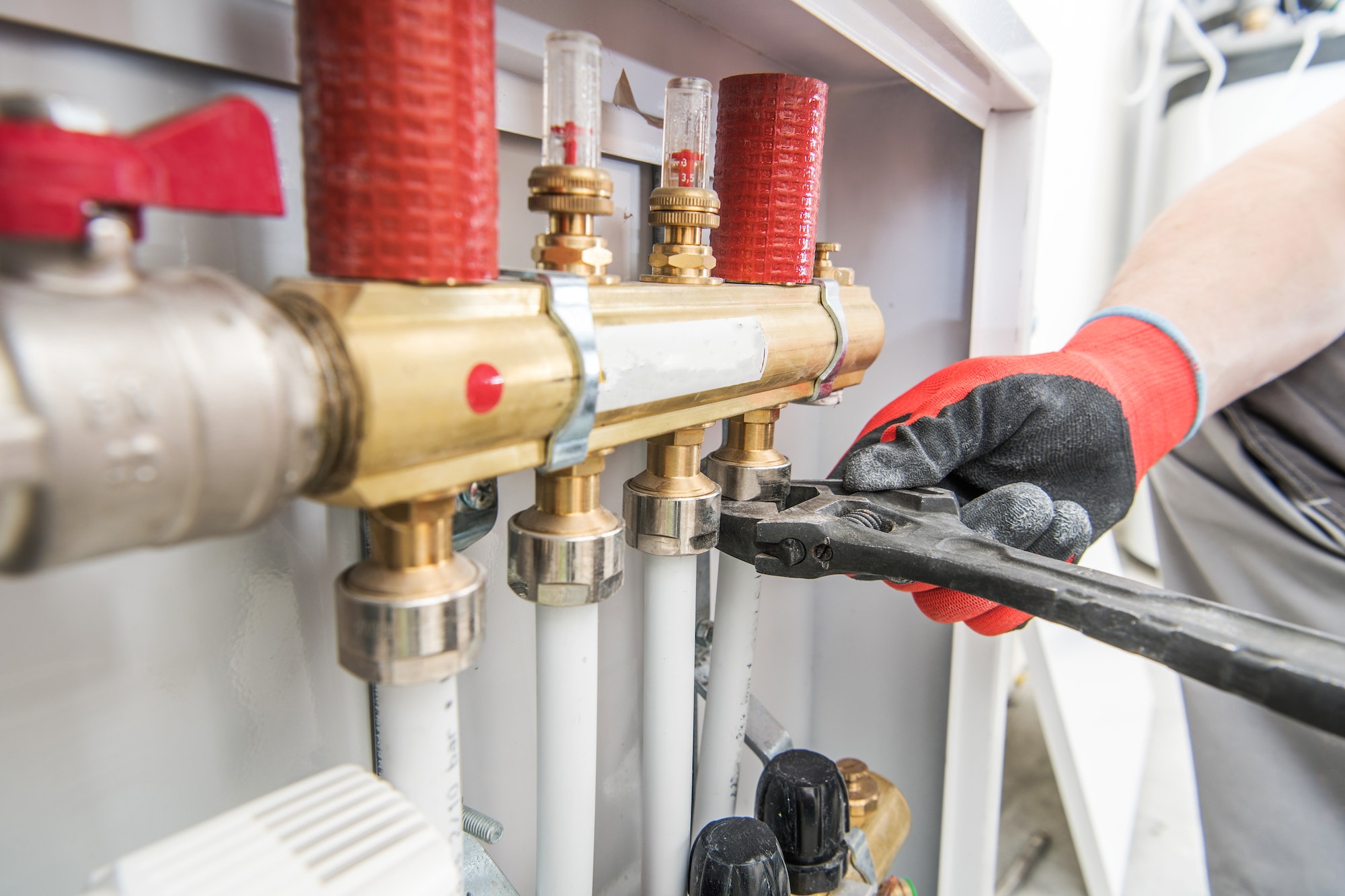If your business has any important buildings, such as an office, a data center, or a warehouse, it’s important to protect it via fire suppression. But many business owners don’t understand the core fundamentals of fire suppression, much less the most efficient ways to install a new fire suppression system.
What Is Fire Suppression?
Fire suppression is any strategy or system designed to activate in response to a fire with the intention of eliminating the fire and/or slowing or stopping the spread of that fire. Most commonly, fire suppression systems are installed within a building and are designed to deploy automatically in response to detecting heat, smoke, or some other passive indicator that a fire is present. When this threshold is triggered, the fire suppression system activates and distributes an extinguishing medium over a concentrated area, potentially extinguishing the fire and almost definitely mitigating its spread.
Note that fire suppression is slightly different from fire prevention, and both fire suppression and fire prevention are strategies within the umbrella of fire safety. Fire prevention requires focusing on minimizing the possibility of a fire erupting in the first place. Fire safety also includes emergency protocols and controls for human behavior, such as setting escape routes and establishing automatic alarms.
Types of Fire Suppression Systems
There are many types of fire suppression systems currently available.
Water systems
When most people think about fire suppression, their first thought is of a water sprinkler system. These systems were among the earliest fire suppression systems available, and they continue to have ongoing utility. However, they require an intricate plumbing system and are capable of doing significant damage, so they’ve fallen out of popularity recently.
Dry chemical systems
Dry chemical systems are better suited for certain types of fires, like electrical fires, and are commonly found in fire extinguishers. However, they create a mess that’s difficult and time-consuming to clean up.
Chemical foam systems
Chemical foam systems are similar, utilizing cooling foam to extinguish flames. They’re advantages over water systems in many applications, but they can also be quite messy and destructive in their own way.
Clean agent systems
Clean agent systems use an inert gas to extinguish and control flames. They represent the most advanced fire suppression technologies currently available, offering a clean, reliable, safe way to extinguish fires. Clean agent systems can also be bought and installed on a modular basis, requiring no changes to your existing plumbing.
The Modern Clean Agent Fire Suppression System
Clean agent fire suppression systems offer many advantages, including:
Easy installation
Modular, clean agent fire suppression systems are designed to be easy to install.
Inexpensiveness
The easy installation and modular nature of these systems make them inexpensive, especially when compared to their counterparts.
Reliable activation
You’ll never have to worry that your suppression system doesn’t activate in response to a flame. Modern systems are highly reliable.
Clean deployment
Many people choose clean agent fire suppression systems specifically so they can minimize the possibility of peripheral damage.
Minimal maintenance
Clean agent fire suppression systems also require very little in terms of ongoing maintenance, reducing both monetary and time demands for the people who install them.
Fire Prevention, Suppression, and Response
In addition to installing a clean agent fire suppression system, business owners should also think about fire prevention and fire safety overall.
For example:
Hazard mitigation
You won’t even need to activate your fire suppression system if you never experience a fire. That’s why one of your biggest priorities should be identifying and mitigating potential fire hazards.
Smoke detectors and alarms
Smoke detectors, despite being a technology that dates back to 1890, remain one of the most reliable devices for preventing and mitigating structure fires. You should have smoke detectors installed throughout your building and inspect them regularly to ensure they’re working as intended.
Fire suppression options
Make sure you have a fire suppression system in place. Choose a fire suppression system that’s suited for your business and your specific fire risks.
Emergency exit routes
You should also have emergency exit routes in place. Educate your employees and run drills so they become familiar with them. It’s also important to have visual diagrams to help other people see and acknowledge where your emergency exit routes are.
Evacuation protocols
Similarly, you should have protocols in place for how to manage an emergency evacuation.
Insurance
If all your other strategies fail, make sure you have a good fire insurance policy in place to cover any damages you sustain.
Protecting your business buildings from fire should be a top priority if you care about saving lives and minimizing financial risk. Fortunately, modern fire suppression is so advanced and accessible that you shouldn’t have any budgetary or logistical problems interfering with your installation.
Discover more from Futurist Architecture
Subscribe to get the latest posts sent to your email.




